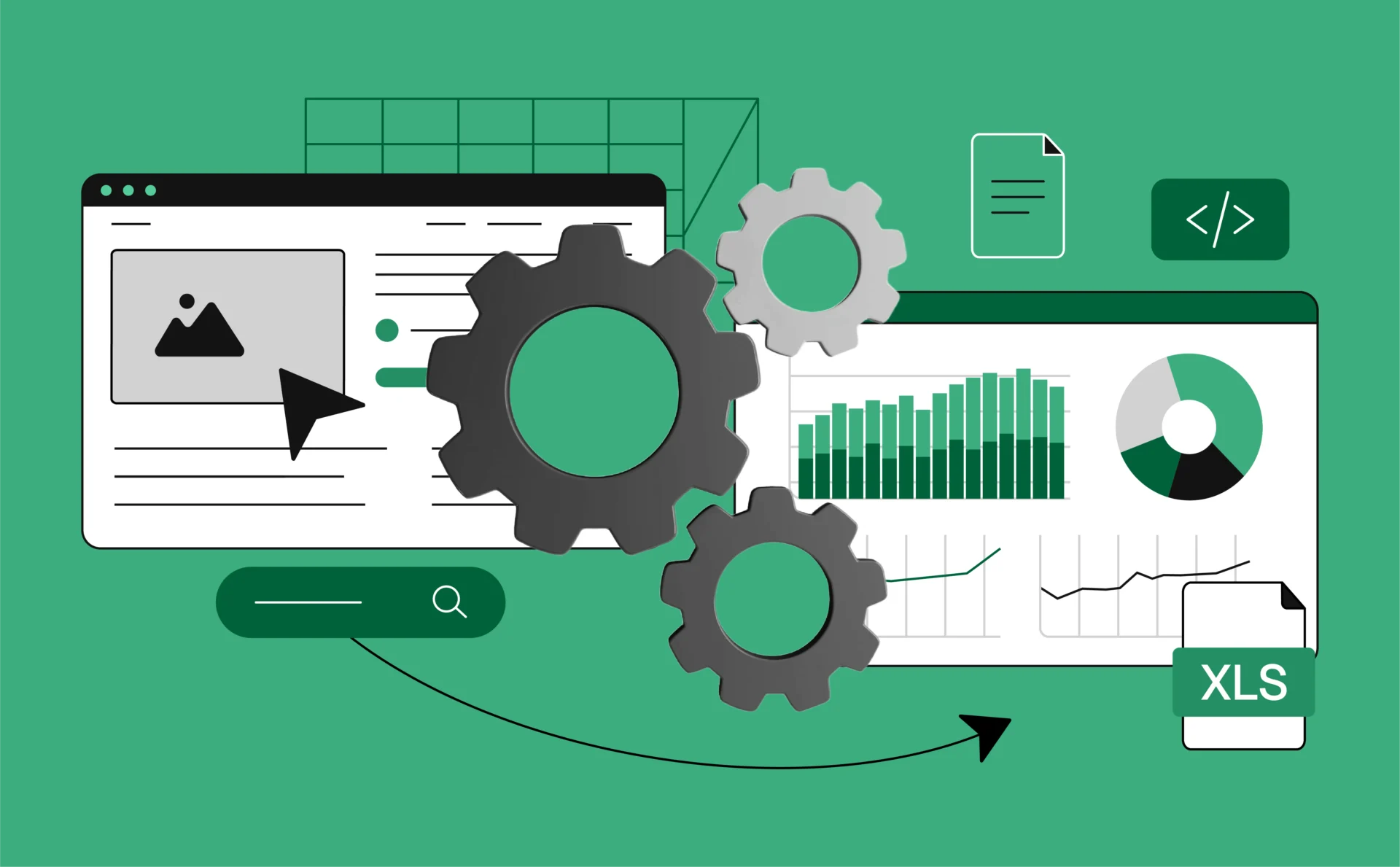
Scraping tool: unlocking data for smarter decision-making
In today’s data-driven world, making informed decisions is crucial for success in both business and personal endeavors. The sheer volume of online data holds immense potential, but manually extracting and analyzing this information is impractical. That’s where scraping tools come into play, enabling users to efficiently gather, process, and utilize web data for smarter decision-making.
This article delves into what scraping tools are, their applications, and how to choose the right tool to elevate your data collection strategy.
What Is a Scraping tool?
A scraping tool is a software solution designed to extract structured data from websites. It automates the process of gathering information such as pricing details, competitor analytics, customer reviews, or market trends from public web pages. The collected data can then be stored, analyzed, and integrated into decision-making processes.
Scraping tools are invaluable for businesses, researchers, and developers who rely on accurate and up-to-date information to maintain a competitive edge.
Why use a Scraping tool?
1. Data-driven decisions
Accessing and analyzing real-time data empowers businesses to make informed decisions based on trends and customer behaviors. Scraping tools provide a steady stream of actionable insights tailored to specific needs.
2. Competitor analysis
Monitor competitors’ prices, product offerings, and marketing strategies to identify opportunities and improve your positioning in the market.
3. Market research
Gather data on consumer preferences, emerging trends, and geographic demand to refine products and services.
4. SEO and content strategy
Scrape search engine results or trending topics to optimize your SEO and content marketing efforts.
5. Time and cost efficiency
Automating data collection eliminates the need for manual research, saving time and resources while increasing accuracy.
Applications of Scraping tools
Scraping tools have a wide range of use cases across industries, including:
- E-commerce: Track competitors’ pricing, inventory levels, and customer reviews to stay competitive.
- Finance: Monitor stock prices, news updates, and economic indicators for investment decisions.
- Travel: Aggregate data on flights, hotels, and destinations to offer competitive deals.
- Education: Gather research materials and academic resources for comprehensive analysis.
- Digital marketing: Analyze online trends and social media activity to enhance campaigns.
How to choose the right Scraping tool
When selecting a scraping tool, consider the following factors:
- Ease of use
Look for a tool with an intuitive interface, especially if you’re not a developer. Many tools offer no-code or low-code options to simplify the process. - Customizability
Choose a tool that allows you to tailor scraping workflows to specific requirements, such as targeting unique website structures or data formats. - Scalability
Ensure the tool can handle your data volume needs, whether you’re scraping a single site or thousands of pages daily. - Data accuracy
Opt for a tool that provides reliable, error-free data, even when dealing with complex or dynamic websites. - Compliance
Prioritize tools that adhere to legal and ethical guidelines, ensuring your data collection efforts remain compliant with applicable regulations.
Benefits of Using Scraping Tools
- Speed: Automates data extraction tasks, allowing you to focus on analysis and strategy.
- Precision: Reduces errors associated with manual data collection.
- Accessibility: Makes it easy to collect data from diverse sources and formats.
- Integration: Many tools offer APIs or support for exporting data into your preferred analytics platform.
Popular Scraping tools
There are numerous scraping tools on the market, each catering to different needs. Here are a few noteworthy options:
- Bright data: A versatile platform offering proxy-based scraping solutions for businesses of all sizes.
- Scrapy: An open-source framework favored by developers for its flexibility and performance.
- Octoparse: A no-code solution ideal for beginners seeking a user-friendly interface.
- ParseHub: Known for handling dynamic and JavaScript-heavy websites with ease.
Conclusion
Scraping tools have revolutionized how we access and utilize online data, making them indispensable for businesses and individuals aiming to stay ahead in a competitive landscape. By automating data collection, these tools save time, reduce costs, and deliver valuable insights to inform smarter decision-making.
Whether you’re a marketer, researcher, or entrepreneur, investing in the right scraping tool can unlock the full potential of online data, driving growth and innovation in your endeavors.